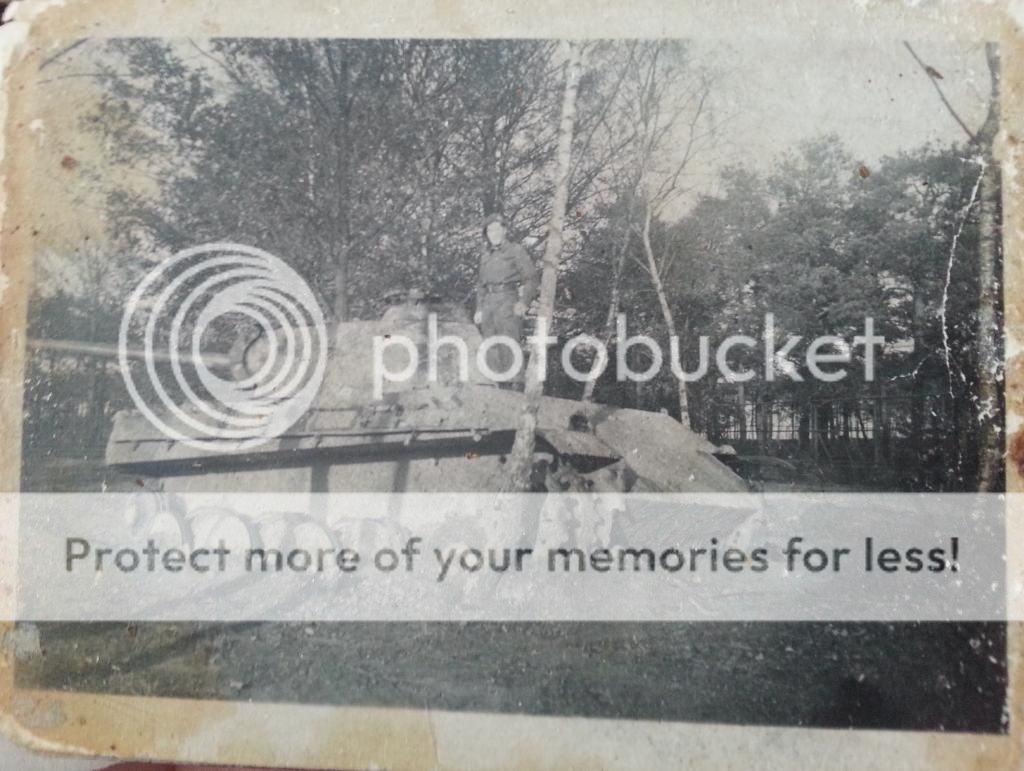More time at the Shooting Range

This is "back in the day" when eye and ear protection was simply not a thought.

Am fascinated by the "pith helmet" style of headgear they have here.
Like I say, my grandfather spoke virtually nothing about his war experiences so in many cases I don't even know what I am looking at half of the time. Those of you who are military scholars (or play one on the internet ) please feel free to fill me in on what is going on in the photos as may be told by equipment and uniforms. Anything that would indicate the where, when and who's in my grandfathers photos.
) please feel free to fill me in on what is going on in the photos as may be told by equipment and uniforms. Anything that would indicate the where, when and who's in my grandfathers photos.

This is "back in the day" when eye and ear protection was simply not a thought.

Am fascinated by the "pith helmet" style of headgear they have here.
Like I say, my grandfather spoke virtually nothing about his war experiences so in many cases I don't even know what I am looking at half of the time. Those of you who are military scholars (or play one on the internet



















































































